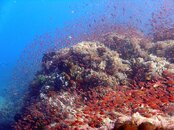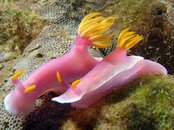globalbabe
Registered
Hi all
I am new to underwater photography, having done my first trip with my camera and housing (Canon G12 + Fisheye FIX G12) last month to Mafia & Zanzibar, Tanzania. I haven't yet been able to get a strobe (due to horrific customs duties and taxes on imported goods where I live) so did the first trip without artificial lighting. Though I am an experienced professional photographer, I quickly realised how difficult underwater photography is! It did terrible things to my air consumption, buoyancy control and situational awareness too!
So I did a lot of playing around with the white balance - experimenting with setting the custom white at each depth 5m higher or lower than the last setting vs the same white balance throughout the dive, testing the 'Cloudy' setting which I read about in an underwater photography guide, trying the 'Underwater' white balance setting (and ruled that out), etc - I found that I could not achieve natural colours. Everything pretty much has a blue tinge to it, which I believe is a pretty common result for new underwater photographers. So I was wondering if this is due to my technique (perhaps not mastering custom white balance settings) or is it only possible to get natural colours when you light your subject with a strobe?
Here's a small selection of what I shot so you can see some of my initial results:
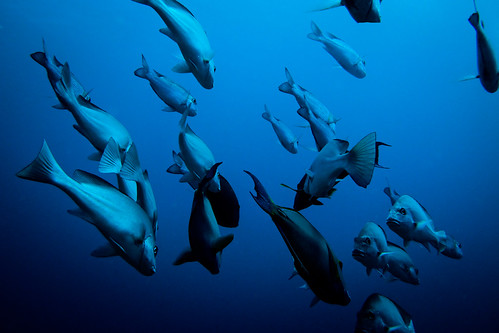
Snapper swimming away
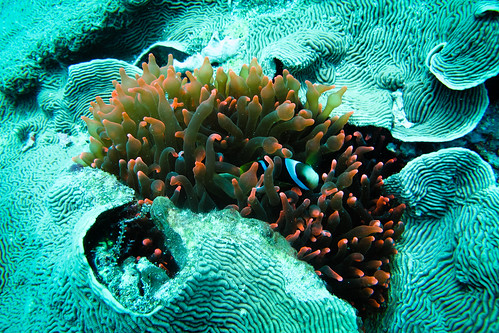
Bubble anemone with anemonefish
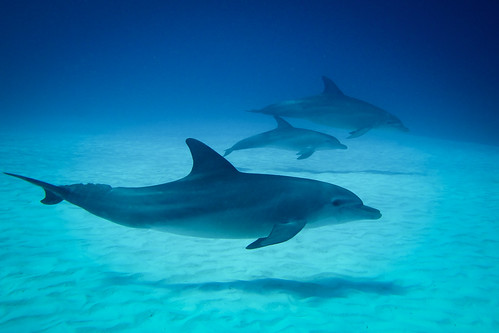
Dolphins at Mnemba

Black saddle coral grouper

Shoaling emperors
I am new to underwater photography, having done my first trip with my camera and housing (Canon G12 + Fisheye FIX G12) last month to Mafia & Zanzibar, Tanzania. I haven't yet been able to get a strobe (due to horrific customs duties and taxes on imported goods where I live) so did the first trip without artificial lighting. Though I am an experienced professional photographer, I quickly realised how difficult underwater photography is! It did terrible things to my air consumption, buoyancy control and situational awareness too!
So I did a lot of playing around with the white balance - experimenting with setting the custom white at each depth 5m higher or lower than the last setting vs the same white balance throughout the dive, testing the 'Cloudy' setting which I read about in an underwater photography guide, trying the 'Underwater' white balance setting (and ruled that out), etc - I found that I could not achieve natural colours. Everything pretty much has a blue tinge to it, which I believe is a pretty common result for new underwater photographers. So I was wondering if this is due to my technique (perhaps not mastering custom white balance settings) or is it only possible to get natural colours when you light your subject with a strobe?
Here's a small selection of what I shot so you can see some of my initial results:

Snapper swimming away

Bubble anemone with anemonefish

Dolphins at Mnemba

Black saddle coral grouper

Shoaling emperors




